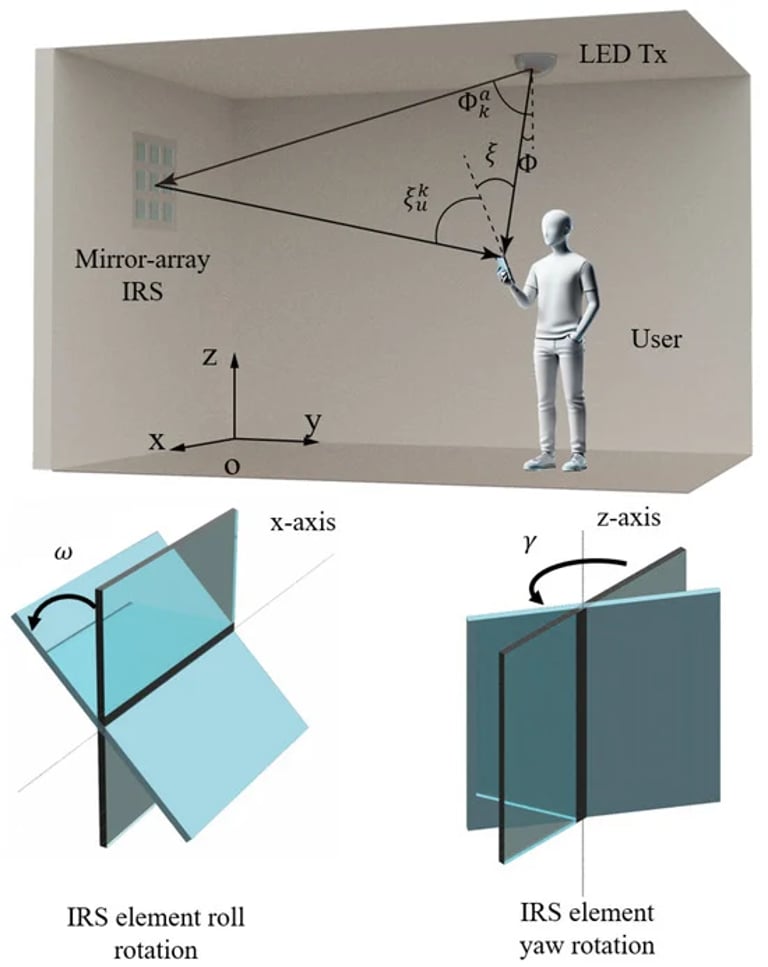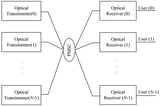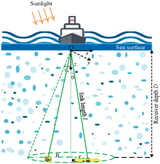Breakthrough in Underwater Wireless Tech: New Codes and IRS Boost UUV Communication Performance
September 4, 2024
A new ACDM-based visible light positioning (VLPC) scheme integrates visible light communication (VLC) capabilities and employs a successive interference cancellation decoding (SICD) technique to enhance overall performance.
The paper concludes by addressing key challenges and potential future directions for the integration of IRS technology with optical wireless communication systems.
The OPRC-based VLPC scheme has demonstrated impressive performance, achieving sub-centimeter positioning accuracy in simulations and experiments without requiring synchronization among transmitters.
The rapid evolution of Internet of Things (IoT) technologies and the rise of intelligent devices are driving the development of sixth-generation (6G) wireless communication networks.
Recent advancements in underwater optical wireless communication (UOWC) are particularly relevant for unmanned underwater vehicle (UUV) technologies, which are gaining traction in various applications.
Research findings indicate that new two-dimensional optical orthogonal codes (2D OOCs) can accommodate more users in optical code-division multiple access (OCDMA) systems while delivering superior performance compared to existing codes.
Underwater wireless sensor networks (UWSNs) are grappling with significant challenges related to acoustic communication, which include high energy consumption and prolonged delays.
As the deployment of underwater equipment increases, multi-user communication systems in underwater optical wireless communication (UWOC) have become crucial, although interference from multiple optical links can negatively impact system performance.
A proposed solution features a two-step algorithm that optimizes the received constellation before determining the transmit constellation and intelligent reflecting surface (IRS) reflectances.
The computational complexity of this proposed method increases linearly with the length of pilot symbols, making it efficient for practical applications.
Simulation results show that tunable IRS units significantly improve bit error rate (BER) performance by alleviating dimming constraints and enhancing channel gains compared to traditional mirror-based IRS systems.
Intelligent Reflecting Surfaces (IRSs) are emerging as a promising solution to enhance the performance of optical wireless communication systems by providing reconfigurable communication channels.
Summary based on 11 sources



